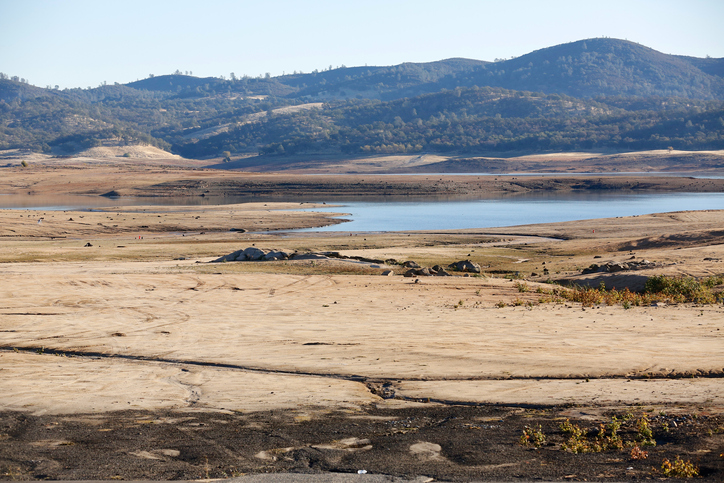
Note from SMa.r.t.: This article, in a longer form, was originally published four years ago but is still as pertinent as ever.
The Plaza at Santa Monica asks a simple question: Is our downtown the real center of our City or is it just a giant ATM for developers? If it is to be the center of our city, it needs to have a commanding central open space that can be a “there” there for the entire City.
An example of this kind of space is Saint Mark’s square in Venice, which is the same size as our lot and plays a central role for a city that has tw0-thirds the population of Santa Monica.
Most cities have a big open space that is the center of their public life. This project proposes a 148’ high cash register to be the center of our public life. We can and must do better than this.
This parcel is the effective center of downtown now that it has been extended to Lincoln Blvd. With the Downtown Community Plan’s densification of downtown, an open public plaza is just what this site needs.
Centrally located on the Arizona bike lane, accessible from the 4th and 5th street transit corridors (which have their own freeway access), one block from the Wilshire and Santa Monica bus lines and 4 blocks from the light rail, this site should be an open space for the entire City– an urban plaza that could have park-like elements.
Its major role would be public events and public enjoyment. Revenue generating services will certainly be needed on the perimeter of this space, but not anywhere near the scale being proposed for this site.
Because of the proposed oversize hotel, offices and housing, we get a puny corner open space that’s only 15 percent of the site, smaller than the space currently dedicated to our seasonal ice skating rink. The proposed roof decks are effectively inaccessible to the public because they are 18, 58 and 98 feet above the ground. The public has no real way to experience them. Exactly at the time when we need to build more downtown open space, we squander this chance for a new inviting open space and fill it with an unneeded behemoth.
The proposed building is an ecological disaster. This building has no chance of being even close to energy neutral, since it has nowhere near enough solar collector area to even illuminate safely its 12 floors, much less operate elevators, air conditioning, or electric car recharging. It maximizes its own financial gain, and compromises its neighbors’ ability to get to their energy neutrality. The gloomy shading and negative solar impact of this building will be felt in an arc covering 3 blocks west, north and east of the building. The open plaza is shaded for most of the day by the main structure. It will block prevailing breezes needed for natural ventilation for a distance of 4 blocks to the east. Fifth street, which has only one lane southbound, will functionally collapse under the weight of the thousands of cars spreading a pool of congestion especially to the already overloaded 4th street. A building of this size can only move us farther from our goal of water independence by 2020.
There are many good alternatives for the use of this land. The 4th/5th and Arizona site could easily become the center of our City by remaining a majority open space, to continue all the activities currently happening on the nearby 3rd street promenade and sometimes in the Civic Center parking lot. It could provide space for the current ice skating rink, farmer’s market, enlarged outdoor dining, book fairs, theatrical performances, political rallies and countless other public events that require a more rectangular space than the linear promenade provides. This new plaza would become the true heart of Santa Monica.
Our colleague Ron Goldman has sketched out a more modest concept that involves keeping about 65 percent of the site open so it could function as an open City square. It was not, however, considered in the project’s Environmental Impact Report. Why not?
We should stop searching for a place to jam in a monster “iconic” building and go back to the drawing board with a slimmed-down Santa Monica Plaza project. This is clearly a case where less is more.
Santa Monica Architects for a Responsible Tomorrow: Sam Tolkin, Architect; Dan Jansenson Building and Safety Commissioner, Architect; Mario Fonda-Bonardi, AIA, Chair Planning Commission; Ron Goldman, FAIA; Thane Roberts, Architect; Bob. Taylor, AIA; Phil Brock, Arts Commissioner













